Innovations of the Incas – Part II
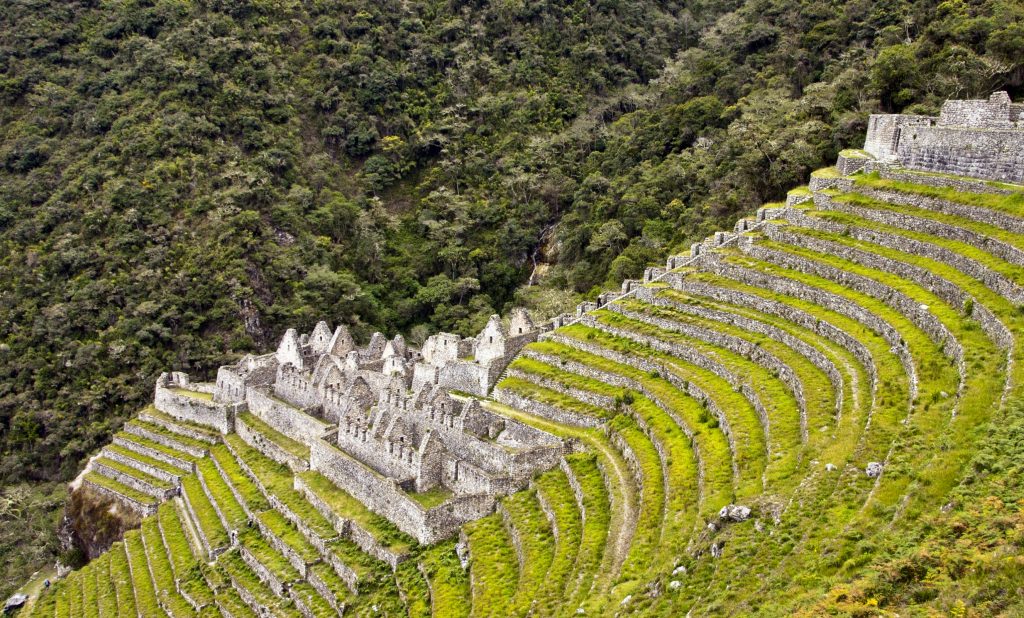
I recently wrote about innovation lessons from the Inca citadel at Machu Picchu in Peru. This article focuses on other Incan innovations from Machu Picchu and elsewhere in Peru.Â
As mentioned in the previous article, some scholars believe that the purpose of the site at Machu Picchu was to serve as a research station for the Incas as they expanded their empire from the mountainous region around their capital at Cusco into the jungles of the Amazon. As part of their research, the Incas developed techniques to observe the stars at Machu Picchu to aid in their analysis of the seasons. While touring the site recently I noticed a rock carved in the distinct shape of the Southern Cross, a well-known celestial navigational aide in the Southern hemisphere. I had just seen the actual Southern Cross in the sky earlier in the trip, so I was excited to see this rendered in rock form at the site.Â
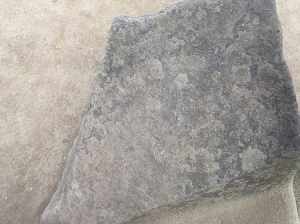
Our local guide then led us to two small rock circles carved into the ground in one part of the site. The circles had small rims and were filled with perhaps a centimeter of water. Standing over the circles, one could see the reflection of the sky very clearly. According to our guide, the Incas used the reflecting pools to observe the stars, as craning one’s neck to stare upwards at the sky for long periods of time proved to be a less than effective means of making celestial observations. For the innovation practitioner, the lesson here is that sometimes it is necessary to look down in order to look up. In other words, staring directly at a problem might not be the most effective way to analyze it. Sometimes inverting what we are observing may be a more effective means of analyzing a problem.Â
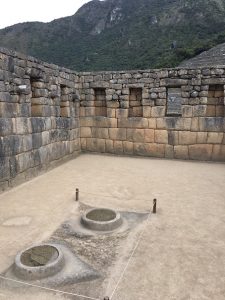
Another striking aspect of the Machu Picchu site is the use of existing rocks and features of the mountain for the structure of the buildings at the citadel. Although in many places the Incas developed complex terracing to serve as the foundations of their site and prevent erosion (including some terraces that are breathtaking in their seeming ability to hang on the sides of cliffs above drop-offs of hundreds of feet), much of the citadel is integrated into the mountain. The Temple of the Condor seems to rise from the mountain itself, and the stonework ties in almost seamlessly with the existing mountain. For the innovation practitioner, this can serve as a reminder of the importance of leveraging what is already in place when creating a new innovation. The combination of old and new can make the overall innovation even more striking than if someone had created the innovation completely from scratch.
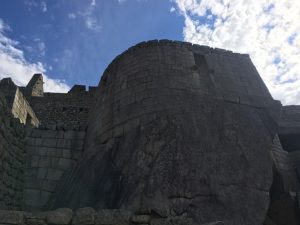 Â
 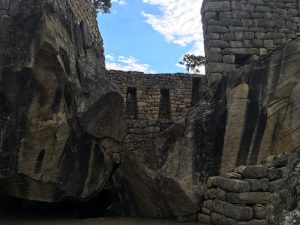
In addition to using the natural features of a site, the Incas also made extensive use of stone terracing in their buildings. Each terrace would consist of a stacked stone wall, sometimes 8-10 feet in height, and filled in with layers of rock and dirt to allow for proper drainage. This served as the foundation for construction, prevented erosion in mountainous terrain, and could provide level surfaces for agriculture to prevent runoff and allow for cultivation of crops in steep terrain. The Incas often built dozens of terraces in a stair-step fashion up the side of a mountain, and because of the height of the walls, the Incas had to come up with an innovative way to allow workers to move from one terrace to another. The solution to this challenge was a series of steps consisting of stones jutting out from the wall, each separated from the next step by about 2 feet horizontally and vertically.Â
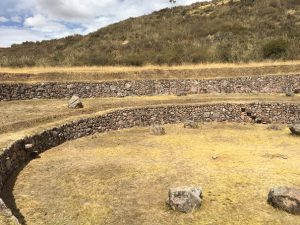 Â
 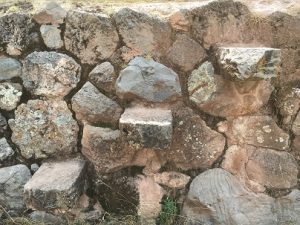
At the heavily terraced site at Moray, modern visitors are able to try out these steps. I am over 6 feet tall and found that walking up the steps was quite a challenge due to the distance between the steps. Knowing that the average height of the Incans was relatively short, I was puzzled by how the workers would be able to use these steps which seemed more like rock ladders than stairs. Our local guide said that the stone steps were designed for a worker to run up and down rather than walk, and recommended that I try it again at a brisk pace. The steps proved perfectly spaced for running and my ascent and descent was much easier. This had the advantage for the Incas of requiring half as much stone for construction as would be required for normal steps that were spaced one foot apart. For the student of innovation, the finding here is that sometimes speed is an important variable in considering an innovation. Something that might not work well at normal speed could have a completely different experience at a higher speed.
One of the most amazing engineering feats of the Incas concerns the ability of so many of their structures to survive the earthquakes that have struck Peru over the centuries since the Inca Empire thrived. In several locations, the Spanish built structures over Inca structures and after an earthquake, the newer Spanish structures collapsed and the Inca stonework survived, usually unscathed. Techniques used by the Incas to earthquake-proof their buildings included using different sized stones (avoiding symmetry to better dissipate earthquake forces), fitting their stones together without mortar (to avoid the weakness and cracking of mortar), offsetting the base of the walls from the top (building at an angle), and using innovative stone ball-bearings embedded between layers of a wall (which allowed the stones to move in response to the motion of the earthquake).
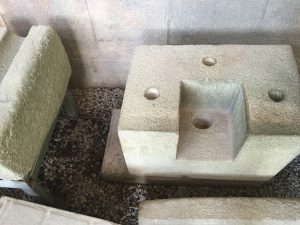
One of the best examples of earthquake-proofing by the Incas can be seen at the Qurikancha site in Cusco. This site was originally the Inti Kancha (Sun House) of the Incas, but was destroyed by the Spanish (other than its foundation walls). The Inti Kancha was perhaps the most important temple for the Incan Empire and, in addition to its large and impressive walls, was filled with gold. The Spanish built their Church of Santo Domingo on the site but that church was damaged and destroyed by earthquakes on several occasions. The “modern†(at the time) Spanish masonry could not withstand the movement of the ground but the “ancient†Inca foundational walls survived. The lesson for the innovator here is to not focus exclusively on what seems to be the newest approach to a topic. One should consider past approaches to solving problems when working to come up with an innovation.
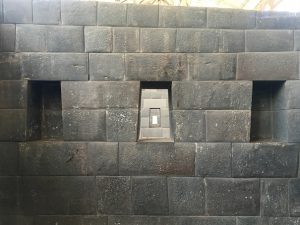
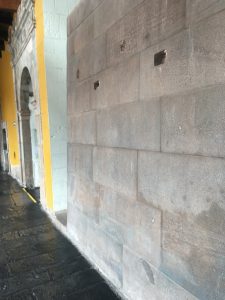
A final innovation of the Incas worth exploring is a salt production facility that continues to be in use today. In the town of Maras, a small spring has produced water with a high salt content since before the time of the Incas. This spring feeds into a series of hundreds of terraces where the local residents allow the water to evaporate in the intense Peruvian sun and produce salt. The current users of the site work cooperatively to divert the water flow to whatever terrace needs to be replenished, using small stones and hundreds of channels so the water reaches its intended destination. The salt is sold for food and health and beauty purposes.Â
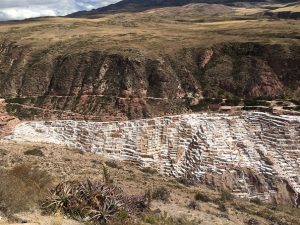
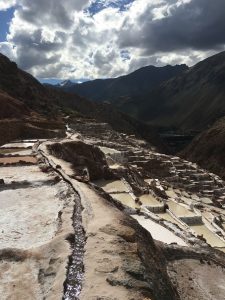
Looking at the site from a modern perspective, the question I posed to our local guide was whether the Peruvians had a detailed scientific understanding of what created the spring and why it was so unique. The guide noted that researchers had used ground penetrating radar to try to gather more information about the spring but the locals refused their request to use excavating machinery to dig around the site, as they feared that the work might disrupt the spring and ruin something that had been working fine for hundreds of years (if not longer). The lesson for the innovator here is that sometimes we may spend too much time questioning the source of a new idea to the point where we take actions that interrupt the flow of the innovation. It may be better to focus our attention downstream to translate the innovation into useful products, rather than focusing too much on understanding the original source.
 Â
Sources:
Pictures Courtesy of the Author
https://en.wikipedia.org/wiki/Machu_Picchu
https://en.wikipedia.org/wiki/Moray_%28Inca_ruin%29
https://en.wikipedia.org/wiki/Qurikancha
https://en.wikipedia.org/wiki/Maras,_Peru
Â
Wait! Before you go…
Choose how you want the latest innovation content delivered to you:
- Daily — RSS Feed — Email — Twitter — Facebook — Linkedin Today
- Weekly — Email Newsletter — Free Magazine — Linkedin Group
 Scott Bowden is an independent innovation analyst. Scott previously worked for IBM Global Services and Independent Research and Information Services Corporation. Scott has PhD in Government/International Relations from Georgetown University.image credit: bgr.com
Scott Bowden is an independent innovation analyst. Scott previously worked for IBM Global Services and Independent Research and Information Services Corporation. Scott has PhD in Government/International Relations from Georgetown University.image credit: bgr.com
NEVER MISS ANOTHER NEWSLETTER!
LATEST BLOGS
How Brexit Has Affected UK E-commerce Businesses
Photo by Zyro on Unsplash The popularity of online shopping was already growing at an impressive rate – and…
Read MoreOvercoming range anxiety: three tips for EV owners
Photo by Jenny Ueberberg on Unsplash In the last few years, electric vehicles (EVs) have become more and more…
Read More


